How to fix | overheating heaters?
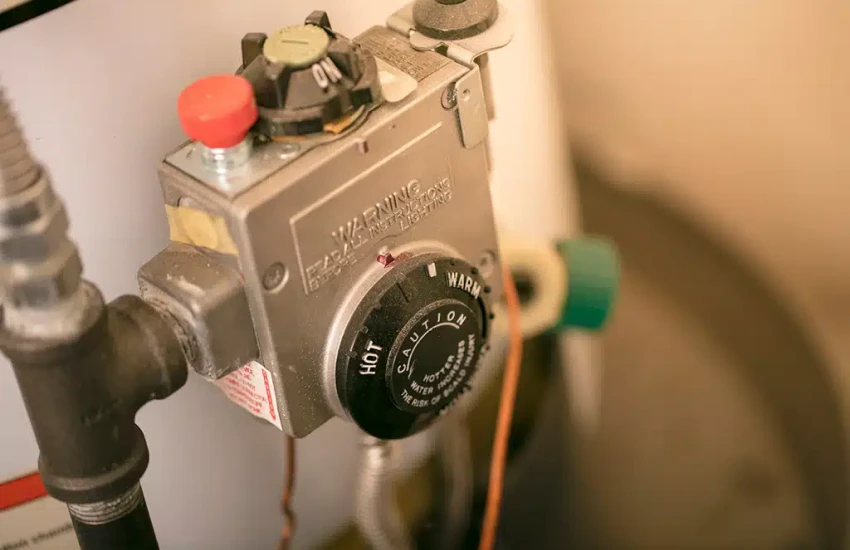
This comprehensive guide addresses common causes of heater overheating and provides practical solutions. From identifying warning signs to implementing preventive measures, learn how to maintain safe heating system operation. Discover when DIY fixes are appropriate and when professional intervention is necessary.
How to fix overheating heaters?
As winter settles in and heating systems kick into high gear, the last thing any homeowner wants to deal with is an overheating heater. It’s not just an inconvenience – it’s a serious safety concern that demands immediate attention. Whether you’re dealing with a furnace that’s running too hot, strange smells coming from your vents, or frequent system shutdowns, understanding the causes and solutions to overheating can save you from costly repairs and potentially dangerous situations.
This guide will walk you through the common causes, warning signs, and solutions to heater overheating problems, helping you maintain a safe and comfortable home environment.
Your fridge is a kitchen superstar as it keeps all your food fresh and drinks cold.
But does the fridge feel warm when you open it?
Is there water all over the floor?
Fridge issues are the worst!
Understanding Why Heaters Overheat
Heater overheating isn’t just a simple malfunction – it’s often a symptom of underlying issues that have developed over time. Your heating system has built-in safety features designed to prevent dangerous overheating situations, including limit switches that shut the system down when temperatures rise too high. When these safety measures activate frequently, it’s a clear signal that something needs attention.
The most common causes include restricted airflow, faulty thermostats, dirty internal components, or malfunctioning safety controls. Understanding these potential issues helps you take appropriate action before minor problems become major repairs.
Warning Signs of an Overheating System
Your heating system will usually give several warning signs before a complete breakdown occurs. The key is knowing what to look for and taking action when you notice these indicators.
Critical warning signs include:
- Burning or electrical smells
- Frequent system shutdowns
- Unusual noises during the operation
- Hot spots around heating vents
- Rising utility bills
Door Not Sealing Right
For the gasket (door seal) to create an airtight seal when closed, it must be in good condition. Inspect the gasket for any cracks or worn areas and replace if damaged. A tight seal is needed to keep cool air inside.
Initial Safety Steps
When dealing with an overheating heater, safety must be your first priority. If you notice signs of overheating, take immediate action to protect your home and family. Turn off your heating system at both the thermostat and circuit breaker. Ensure all vents are unobstructed and give the system time to cool down completely before any inspection or maintenance work begins.
Common Causes and Solutions
Poor airflow is often the primary culprit behind overheating issues. This can result from dirty filters, blocked vents, or debris in the ductwork. Start your troubleshooting process by checking these basic maintenance items – they’re often the easiest to fix and can prevent more serious problems.
Basic troubleshooting steps:
- Replace air filters
- Clear all vents and returns
- Check thermostat settings
- Inspect visible ductwork
- Clean accessible components
Advanced Troubleshooting
If basic maintenance doesn’t resolve the overheating issue, it’s time to look deeper. Problems with limit switches, blower motors, or heat exchangers require more technical knowledge and tools to diagnose and repair. These components work together to maintain safe operating temperatures, and failure in any one area can lead to system-wide problems.
Professional Inspection Requirements
While some maintenance tasks can be handled by homeowners, certain situations demand professional attention. Persistent overheating, electrical issues, or problems with gas-powered components should always be addressed by qualified technicians. A professional can perform comprehensive testing and safely repair complex issues that might be dangerous for DIY attempts.
Preventive Maintenance
Regular maintenance remains your best defense against overheating problems. Creating and following a maintenance schedule helps catch potential issues before they become serious problems. This includes regular filter changes, annual professional inspections, and prompt attention to any unusual system behavior.
The Role of Proper Installation
Sometimes overheating issues stem from improper initial installation or previous repairs. Incorrect sizing, poor ductwork design, or improperly set controls can all contribute to chronic overheating problems. A professional evaluation can determine if your system’s installation meets current safety and efficiency standards.
Energy Efficiency Connections
An overheating system often indicates poor energy efficiency. When your heater works harder than necessary to maintain comfortable temperatures, it wastes energy and increases wear on components. Addressing overheating issues usually leads to improved efficiency and lower operating costs.
Long-term Solutions
While immediate fixes are important, consider long-term solutions to prevent future overheating problems. This might include upgrading outdated components, improving ventilation, or investing in modern control systems that provide better temperature regulation and safety features.
Cost Considerations
Addressing overheating issues can range from simple, inexpensive fixes to major system repairs. Understanding potential costs helps you make informed decisions about repairs versus replacement. While some maintenance costs money upfront, it’s usually far less expensive than emergency repairs or complete system replacement.
When to Consider Replacement
Sometimes, especially with older systems, replacement becomes more practical than continued repairs. Consider factors like system age, repair history, and efficiency when making this decision. Modern heating systems offer improved safety features and better efficiency, potentially making replacement a cost-effective long-term solution.

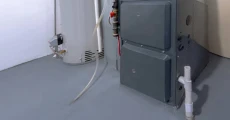
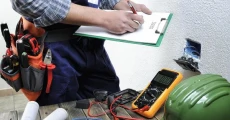
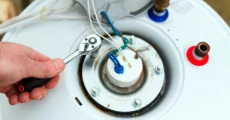
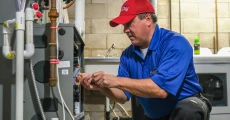
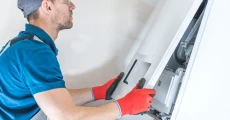
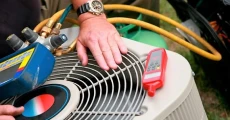
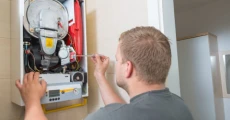
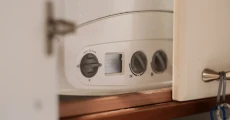
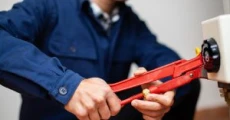
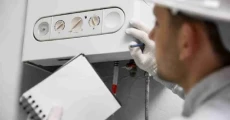
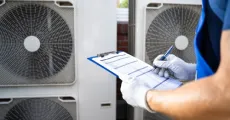
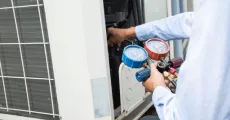
Takeaway
Maintaining a properly functioning heating system is crucial for both comfort and safety. Understanding the signs of overheating and taking prompt action can prevent dangerous situations and costly repairs.
At CLT Appliance Repair, our expert technicians are trained to diagnose and fix all types of heating system problems, including complex overheating issues. We provide comprehensive inspections, repairs, and maintenance services to keep your system running safely and efficiently.
Don’t wait until a small problem becomes a major emergency – contact us for a professional heating repair charlotte nc service you can trust. Our team is available 24/7 for emergency heating system repairs.
FAQs
Watch for signs like burning smells, frequent shutdowns, unusual noises, or the system running longer than normal to heat your home.
Yes, an overheating heater can pose serious safety risks, including fire hazards and potential carbon monoxide issues in gas systems.
Annual professional inspections are recommended, ideally, before the heating season begins.
Yes, dirty filters restrict airflow, forcing your system to work harder and potentially overheat.
Restricted airflow is the most common cause, often due to dirty filters, blocked vents, or ductwork issues.
Don't let a malfunctioning Heater disrupt your daily life. Contact CLT Appliance Repair today at 704-606-9043 to schedule your Heater repair service.
We'll have your Heater back to optimal performance in no time!
Dryer Repair Charlotte NC | Washing Machine Repair Charlotte NC | Refrigerator Repair Charlotte NC | Microwave Oven Repair Charlotte NC | Freezer Repair Charlotte NC | Dryer Vent Cleaning Charlotte NC | Dishwasher Repair Charlotte NC | Cooktop Repair Charlotte NC | Stove Repair Charlotte NC | Charlotte Ice Maker Repair | Garbage Disposal Repair Charlotte NC | Plumbing Repair Charlotte NC | Water Heater Repair Charlotte NC
Admiral Appliance Repair | Amana Appliance Repair | Bosch Appliance Repair | Electrolux Appliance Repair | Frigidaire Appliance Repair | General Electric Appliance Repair | Haier Appliance Repair | Hotpoint Appliance Repair | Jenn-Air Appliance Repair | Kenmore Appliance Repair | KitchenAid Appliance Repair | LG Appliance Repair | Magic Chef Appliance Repair | Maytag Appliance Repair | Roper Appliance Repair | Samsung Appliance Repair | Speed Queen Appliance Repair | Whirlpool Appliance Repair | Dacor Appliance Repair | Viking Appliance Repair | Thermador Appliance Repair | Sub-Zero Appliance Repair | Wolf Appliance Repair | Monogram Appliance Repair | Bertazonni Appliance Repair | BlueStar Appliance Repair | Thor Appliance Repair | Miele Appliance Repair | Cafe Appliance Repair | GE Appliance Repair
Freezer Repair Indian Land SC | Freezer Repair Indian Trail NC | Freezer Repair Pineville NC | Freezer Repair Rock Hill SC | Freezer Repair Belmont NC | Freezer Repair Matthews NC | Freezer Repair Lancaster SC | Freezer Repair Cornelius NC | Freezer Repair Fort Mill SC | Freezer Repair Concord NC | Freezer Repair Denver NC | Freezer Repair Monroe NC | Freezer Repair Mooresville NC | Freezer Repair Harrisburg NC | Freezer Repair Lake Wylie SC | Freezer Repair Huntersville NC | Freezer Repair Kannapolis NC | Freezer Repair Mint Hill NC | Freezer Repair Waxhaw NC | Freezer Repair Troutman NC | Freezer Repair Davidson NC | Freezer Repair Gastonia NC | Freezer Repair Charlotte NC

